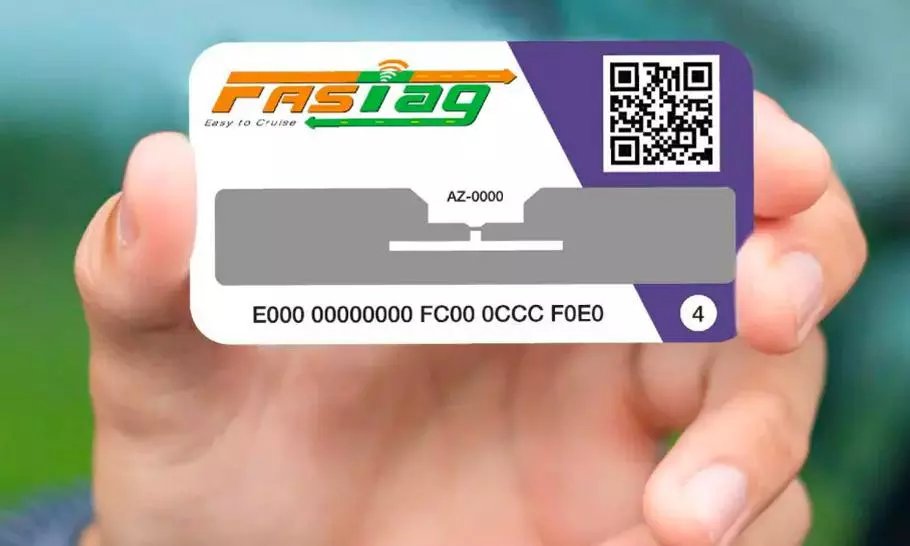
How to update FASTag KYV? NHAI has the process simplifed
Under revised guidelines, FASTag services will not be suspended for non-compliant vehicles and users will be given sufficient time to complete KYV verification process

The National Highways Authority of India (NHAI) has simplified the Know Your Vehicle (KYV) process for FASTag users to ensure a smoother and more convenient experience for National Highway commuters.
Also Read: Report a dirty highway toilet, win Rs 1,000 on FASTag from NHAI
Under the revised guidelines issued by the Indian Highways Management Company Limited (IHMCL), FASTag services will not be suspended for non-compliant vehicles. Instead, users will be given sufficient time to complete the KYV verification process.
Why has NHAI simplified the KYV process?
The KYV process was introduced last year to curb misuse and leakages in the FASTag system, after reports emerged of some truck drivers allegedly using car tags to avoid paying higher toll charges.
However, the process soon became cumbersome, with users facing difficulties in uploading multiple photographs of their vehicles, attaching relevant documents, and navigating the not-so-user-friendly websites.
Several users also complained of harassment at toll plazas after their FASTag accounts were abruptly deactivated for not completing the KYV verification.
What is know your vehicle (KYV)?
The KYV system is a mandatory compliance process that requires all FASTag users to submit their vehicle registration certificate (RC) and a photograph of their vehicle to confirm that the FASTag is correctly linked to the specific vehicle for which it is intended.
The objective is to prevent misuse, such as using FASTags on the wrong vehicles, carrying loose tags, or having multiple tags for a single vehicle.
Also Read: Govt launches FASTag annual pass: Rs 3,000 for one year or 200 trips
The verification process must be repeated every three years to keep the database accurate and updated.
The official circular also states that the KYV process should align with the One Vehicle, One Tag (OVOT) mandate, which came into effect on 31 October 2024.
What has changed in the new rules?
According to the revised guidelines, users will no longer be required to upload side photographs of their cars, jeeps, or vans. Only a front-facing image showing the number plate and FASTag affixed to the windscreen will now be necessary.
Previously, users had to upload both front and side images, with the side view meant to capture the vehicle axles.
The NHAI has said provisions will now be made to automatically retrieve RC details from the government’s VAHAN database once the user enters the vehicle number, chassis number, or registered mobile number.
If multiple vehicles are registered under the same mobile number, users will be able to select the relevant vehicle for KYV verification, NHAI said.
Also Read: New FASTag rules: 5 things to keep in mind
Importantly, FASTags issued before the introduction of the KYV policy will remain active unless there are complaints of misuse or loose tags. Issuer banks will also send SMS reminders to users to complete the KYV process.
Can users file complaints?
Yes. In case of any difficulty or query, FASTag users can raise complaints through the National Highway helpline (1033) for any KYV-related issues with their issuer bank.
The NHAI also clarified that if a user faces trouble uploading documents, the issuing bank will be responsible for contacting the customer and assisting them in completing the process before any disconnection.
The simplification of the KYV rules is a part of NHAI’s commitment to enhance user experience, strengthen FASTag ecosystem and provide smooth and seamless experience to National Highway users on the National highway network across the country.

